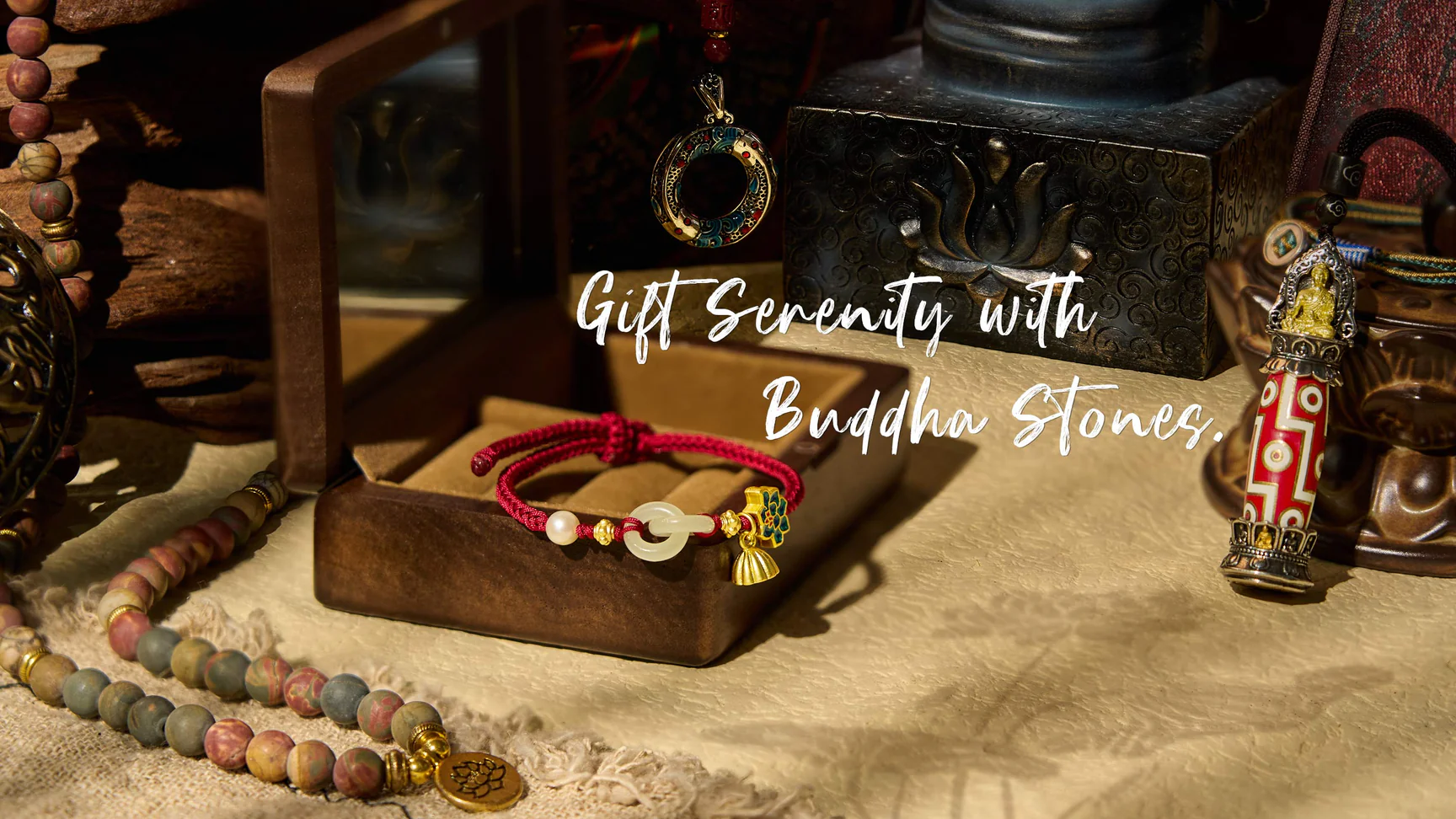Bunions—those painful, unsightly bony bumps at the base of the big toe—affect nearly one in five adults worldwide. Medically known as hallux valgus, bunions develop when the bones in the front of your foot shift out of place, pushing the big toe inward toward the smaller toes. This misalignment causes the joint at the base of your big toe, called the metatarsophalangeal (MTP) joint, to protrude painfully.
While genetics do play a role—over 70% of people with bunions have a family history—the primary culprits behind these deformities are often years of abnormal foot mechanics and poor footwear choices. Dr. Joseph Mercola highlights the critical connection between what you wear on your feet and the development and worsening of bunions, drawing on insights from Aleena Kanner, a leading U.S. postural expert and certified Postural Restoration Institute (PRI) practitioner.
Why Your Shoes Matter More Than You Think
Our feet are marvels of engineering: 28 bones working together to support movement and send sensory information to our brain. Because our feet are the first part of our body to contact the ground every day, the shoes we wear profoundly influence our overall health and posture.
Tight, narrow, or pointed shoes squeeze your toes unnaturally, forcing the big toe into an abnormal position that gradually misaligns the bones. High heels, meanwhile, shift your weight forward, concentrating pressure on your toes and the MTP joint. Shoes that are either too small or too loose also contribute: small shoes cram the toes, while loose shoes allow your foot to slide forward, increasing joint stress.
These factors lead to abnormal pressures that cause the foot’s bones to adapt over time—forming the bony bump we know as a bunion.
It’s More Than Genetics: The Role of Movement Patterns
While bunions tend to run in families, this is often due to inherited foot types, not the bunion itself. According to Kanner and the American Podiatric Medical Association, faulty walking and movement patterns—often developed over years—cause abnormal joint stress, driving bunion formation.
Bones respond to mechanical forces (per Wolff’s Law), which means that how you move and how your feet interact with the ground can have a bigger impact than your genes alone. Poor foot mechanics lead to joint instability and deformity, making bunions a symptom of dysfunctional foot development.
Arch Support and Proper Pronation: The Hidden Keys
A major contributor to bunions is insufficient arch support. Proper arch support allows for healthy pronation—the natural inward roll of your foot during walking that absorbs shock and stabilizes your gait. Normal pronation is about 15% and helps distribute body weight evenly.
When arch support is lacking, your foot may underpronate, causing the toes to splay outward and increasing strain on the MTP joint. Kanner notes that without this support, the foot’s natural range of motion suffers, potentially leading to bunions and other alignment problems.
Why Barefoot Isn’t Always Better
While walking barefoot on natural, uneven surfaces like grass or sand can be beneficial—promoting grounding and foot mobility—going shoeless on hard, flat surfaces like tile or concrete can backfire.
Kanner shares her experience with clients who adopted a barefoot lifestyle indoors only to develop bunions and foot pain. Hard, flat surfaces do not support the foot’s arches or allow for natural pronation and supination (the outward roll of the foot). Instead, the foot “slaps” the ground, reducing range of motion and potentially contributing to postural problems all the way up the body.
Minimalist shoes and barefoot-style footwear have gained popularity but often fail to account for modern urban environments. Shoes with proper structure and support remain essential for maintaining foot health in daily life.
How to Prevent and Treat Bunions Without Surgery
Conventional treatments for bunions include surgery, painkillers, and cortisone injections—methods that carry risks and don’t address the root causes. Kanner emphasizes that choosing the right footwear can be a simple yet powerful solution to prevent and even help treat bunions over time.
When patients switch to shoes with appropriate support, they often experience improved foot sensation and alignment, even if the bunion itself doesn’t shrink immediately. This is because restoring proper arch function and ground contact can correct abnormal gait patterns, which in turn reduces stress on the MTP joint.
What to Look for in Shoes
According to Kanner and PRI’s recommendations, good shoes for bunion prevention and foot health should include:
- A supportive heel counter that guides the heel bone for proper alignment.
- Adequate arch support to encourage healthy pronation and shock absorption.
- A flexible midfoot to allow fluid foot movement.
- Proper heel lift to support natural gait mechanics.
- A wide toe box to give toes space to spread naturally, preventing crowding and pressure.
While there are recommended shoe lists, the best choice depends on your unique foot structure and gait. Consulting a professional to assess your biomechanics can help you find the perfect fit.
Final Thoughts: Your Feet Deserve Better
Our feet carry us every step of the way, yet many of us neglect their needs through poor shoe choices or lifestyle habits. Bunions, while common, are not inevitable or untreatable.
By understanding the mechanics behind bunion development and embracing footwear designed to support natural foot function, you can protect your feet—and your overall health—from unnecessary pain and surgery.
Invest in your foot health today: your future self will thank you.
Sources:
- Aleena Kanner, The Shoe Ebook, Postural Restoration Institute
- American Podiatric Medical Association
- Mayo Clinic, Cleveland Clinic
- Journal of Foot and Ankle Research
For more guidance on foot health and holistic bodywork, explore the Spirit of Change Alternative Health Directory and resources to keep your body aligned from head to toe.



